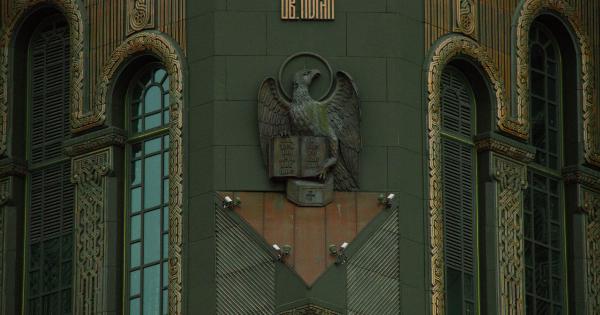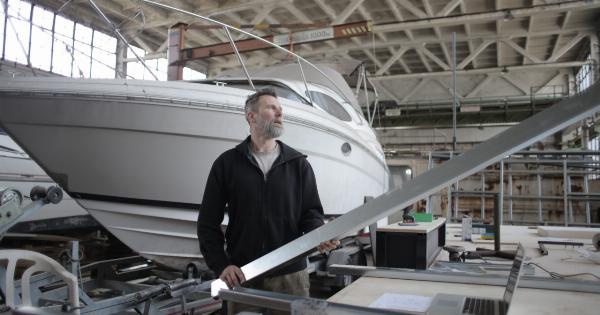The biliary bladder, also known as the gallbladder, is a small, pear-shaped organ located under the liver. It stores and releases bile, a fluid produced by the liver that helps digest fats.
Despite its small size, the biliary bladder plays an important role in our digestive system. However, it can also cause pain and discomfort when something goes wrong.
1. Gallstones
Gallstones are the most common cause of biliary bladder pain. They are small, hard deposits that form in the gallbladder. Gallstones can vary in size and number, from a single stone to several hundred. Symptoms of gallstones include:.
- Severe pain in the upper right or center of the abdomen that can last for several hours
- Nausea and vomiting
- Yellowing of the skin and eyes (jaundice)
- Fever and chills
Gallstones are more common in women than in men, and overweight people are also more likely to develop them. Treatment for gallstones may include medication, surgery, or a combination of both.
2. Biliary Colic
Biliary colic is another common cause of biliary bladder pain. It is caused by the temporary blockage of the bile duct by a gallstone. Unlike a gallstone attack, the pain of biliary colic is usually less severe and doesn’t last as long.
Symptoms of biliary colic include:.
- Moderate to severe pain in the upper right or center of the abdomen
- Pain that comes and goes and may last from a few minutes to several hours
- Nausea and vomiting
Biliary colic can be managed with pain medication and a low-fat diet. If the pain becomes severe or lasts more than a few hours, medical attention should be sought immediately.
3. Cholecystitis
Cholecystitis is an inflammation of the biliary bladder usually caused by a gallstone lodged in the neck of the bladder or bile duct. It is often accompanied by infection, and can cause severe pain and discomfort. Symptoms of cholecystitis include:.
- Severe pain in the upper right or center of the abdomen
- Nausea and vomiting
- Fever and chills
- Yellowing of the skin and eyes (jaundice)
Cholecystitis requires prompt medical attention and is usually treated with antibiotics and a low-fat diet. Surgery may be needed to remove the gallbladder in severe cases.
4. Choledocholithiasis
Choledocholithiasis is the presence of gallstones in the common bile duct, the duct that carries bile from the gallbladder to the small intestine. It can cause severe abdominal pain and may require emergency medical treatment.
Symptoms of choledocholithiasis include:.
- Severe pain in the upper right or center of the abdomen
- Nausea and vomiting
- Fever and chills
- Yellowing of the skin and eyes (jaundice)
Treatment for choledocholithiasis usually involves surgery to remove the gallstones from the common bile duct, followed by removal of the gallbladder.
Conclusion
Biliary bladder pain can be caused by a variety of factors, from gallstones to inflammation and infection.
If you experience severe pain in the upper right or center of your abdomen, along with any of the symptoms listed above, seek medical attention immediately. Early treatment can help prevent serious complications.





























